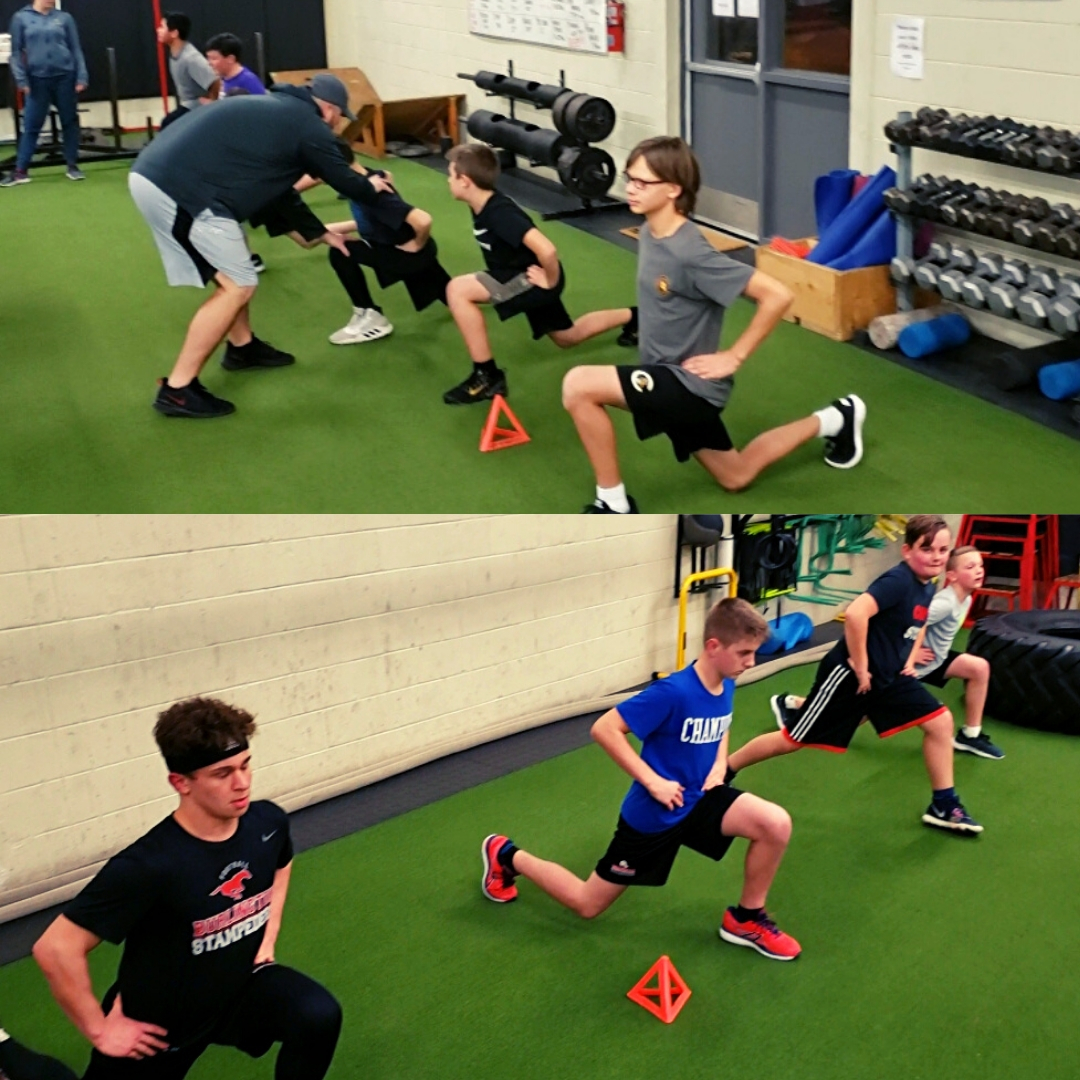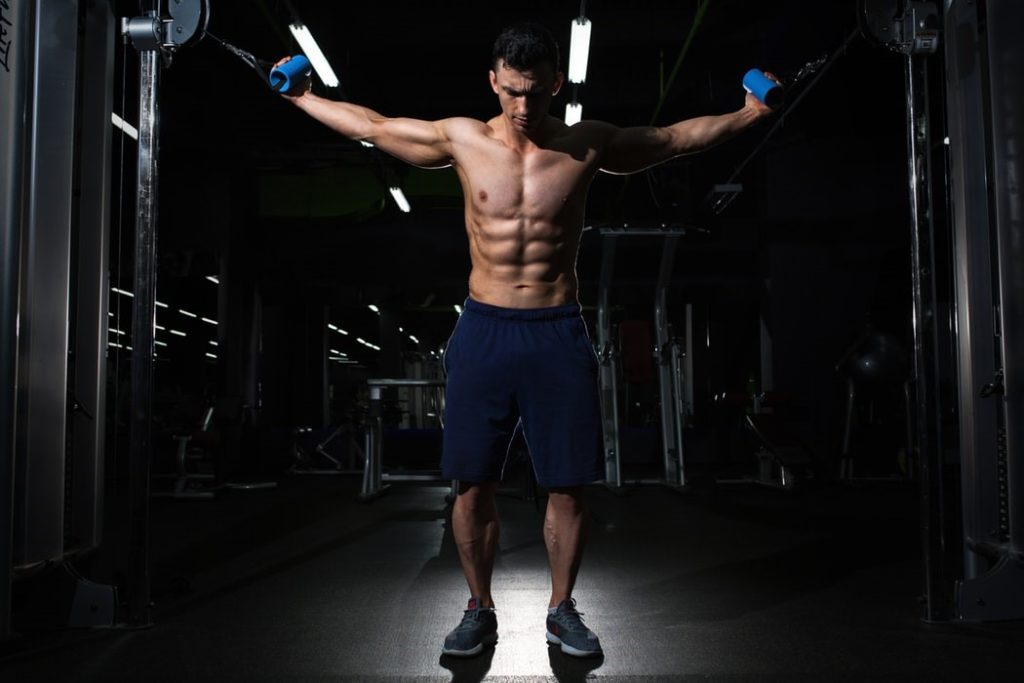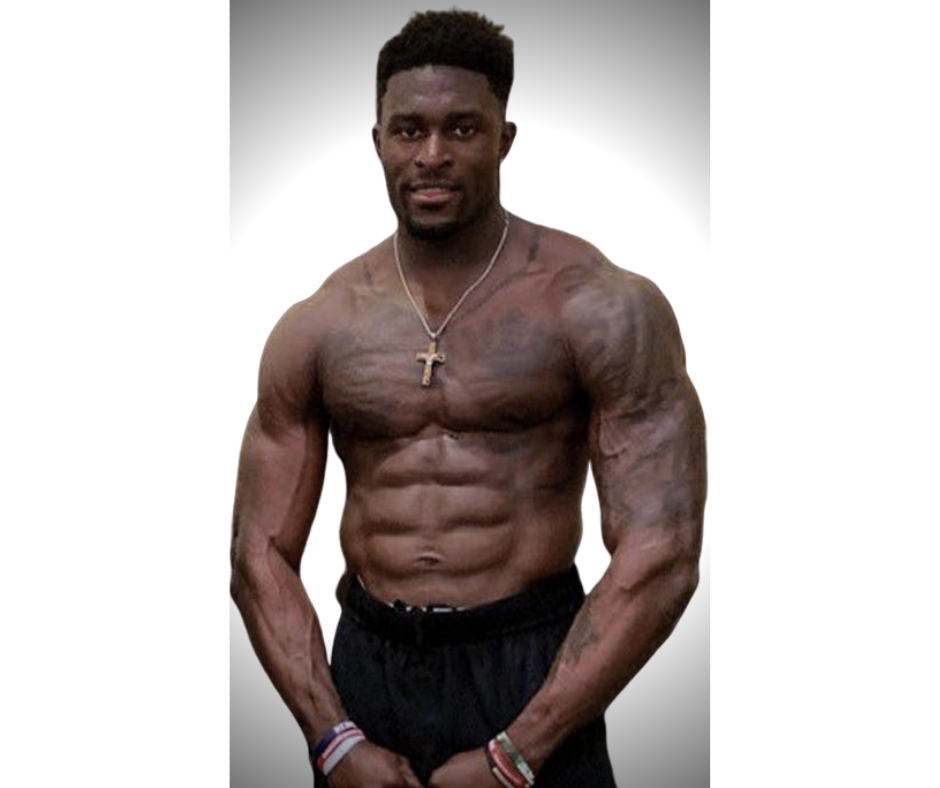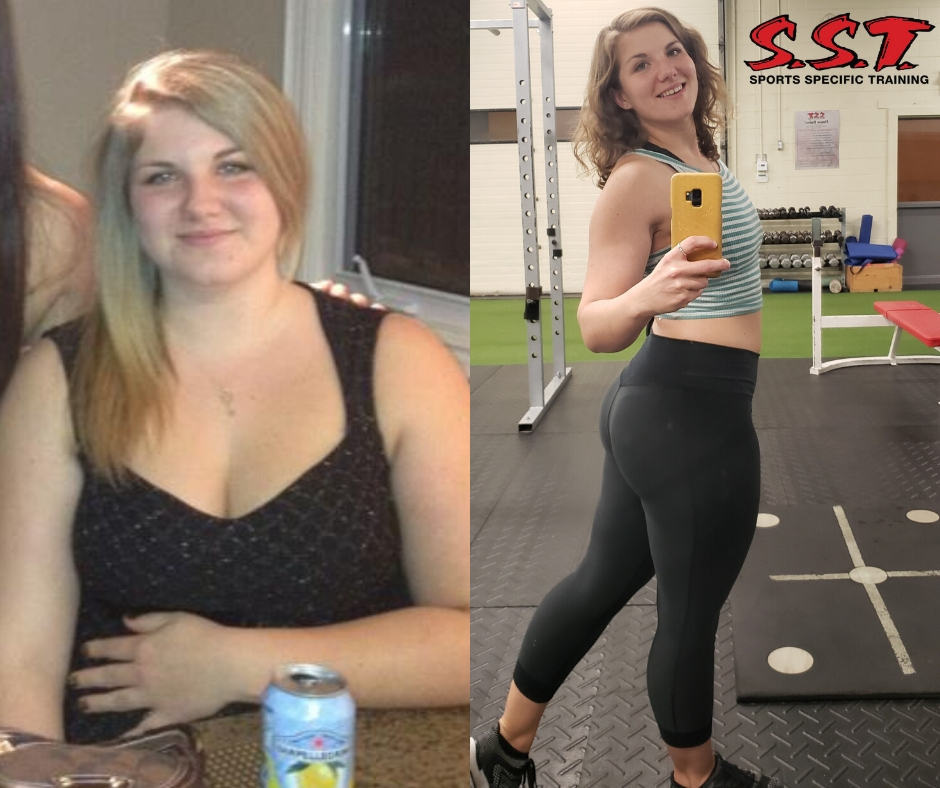Hey everyone! I’m excited to write this blog today! What I’m going to talk about is something I preach to my athletes all the time! Being a coach, and knowing a lot of coaches I often find myself talking to other like minded individuals about what we are looking for in an athlete. After all my time talking to people and other coaches, this are the three traits that I look for in an elite athlete; flexibility, aggression and a driven mentality.
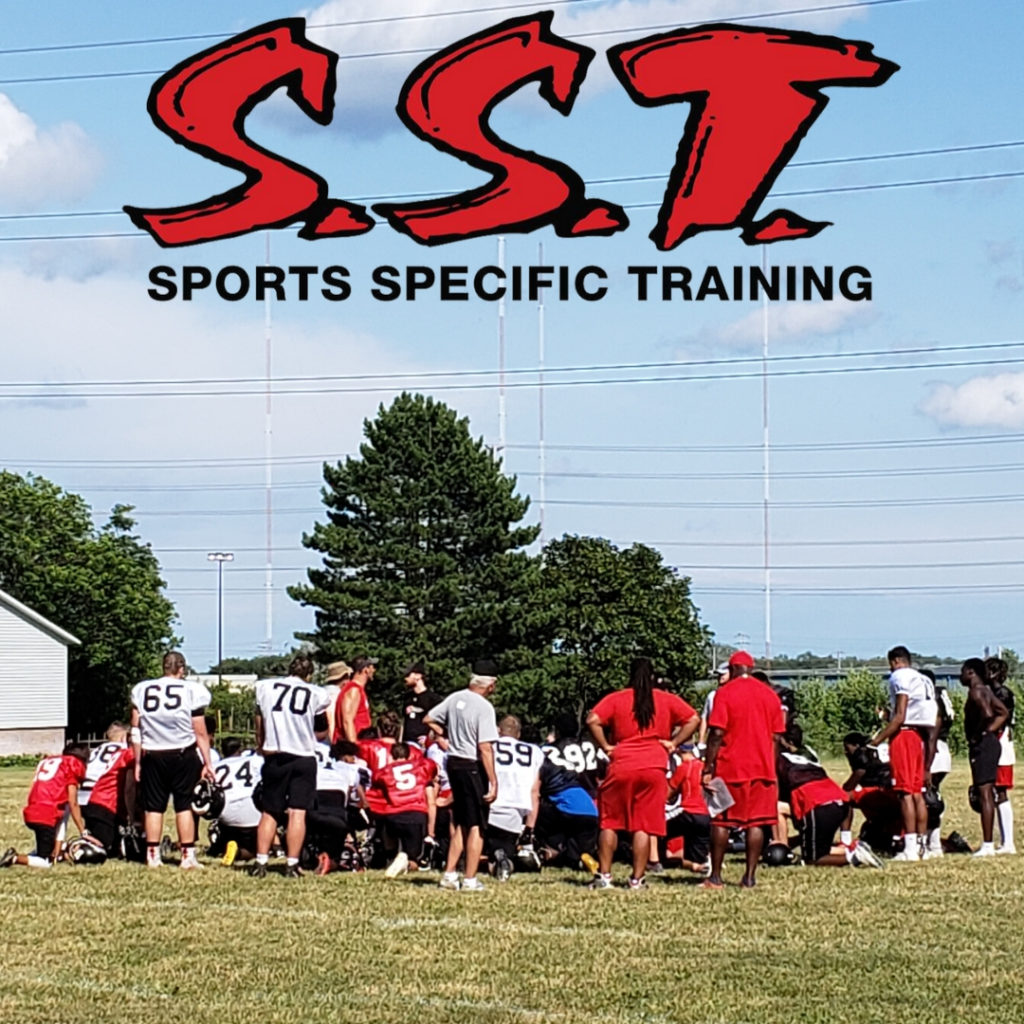
Flexibility
This is such an overlooked aspect of training! There is a misconception people have think that certain people can’t be flexible, because they weren’t born with it. This is so wrong!!! Sure some people are going to be more pliable than other, but don’t judge your flexibility against someone else’s. The more flexible your can be the better athlete you are going to become. If you take a “none flexible” person and work on stretching and mobility, you will see over a time period that they will become more mobile and become a better athlete! There are lots of studies that prove that pliability is so important when determining how much force a muscle can create.
Aggression – No Fear
No matter what the sport is, I want aggressive people. Someone who is willing to take risks, someone who is not afraid to roll down a dark alley! This couldn’t more true, especially in contact sports such as football, hockey and basketball. Let’s look at basketball, one of the best points guards in the NBA is Kyle Lowry. He has never been afraid to take the ball into the paint where there are guys way bigger than him. He gets hit all the time and had even gotten hurt going into the paint but, he continues to go in there because he knows it’s helps his team! I’ve seen a lot of athletes who are freaks in the weight room and on the track but when they get into thier completion the struggle because they are afraid of contact and getting hurt! YOU CANT BE!!!
Driven Mentality
This is what separates the good from the great! Good athletes are just that, they train to get better and be good at there craft. Great athletes train to be the best of all time. One of the greatest NBA Player of all time Kobe Bryant, who just recently pass away had something he called “The Mamba Mentality” This was basically his process of out working everyone. I remember a story of the lakers drafting someone and this kid started working out in the gym at 5:30 in the morning, Kobe caught wind of this and started his day at the gym at 4:00am, just to prove the point that he would outwork everyone! This is truly what an elite person is, someone who is incapable of losing!!!
This is just my take. If you asked another coach the same question he/she would probably have a different answer for you. But the great ones I’ve been around or seen have these traits in common!!
There is no off season, come into SST today and lets get faster stronger and out work the competition! Email Bskinner@sstcanada.com to book a free demo session.

